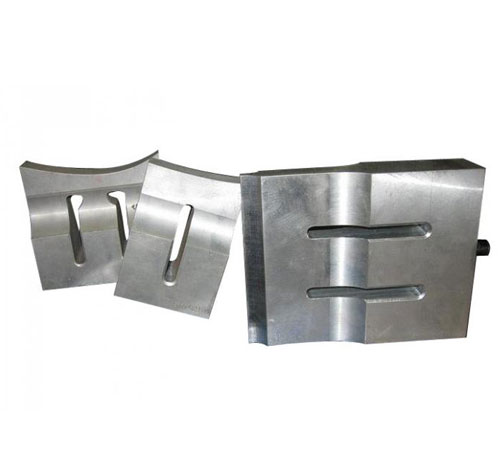
Everyone knows that the ultrasonic mold produced by Dongguan Ultrasonic Mould Manufacturer uses the latest modern technology - ultrasonic technology for production and processing. So today Xiaobian wants to take everyone to understand, what are the four major effects of ultrasonic technology?
1. Mechanical effect
The mechanical action of the ultrasonic waves contributes to the emulsification of the liquid, the liquefaction of the gel and the dispersion of the solid. When a standing wave is formed in the ultrasonic fluid medium, the fine particles suspended in the fluid are agglomerated at the nodes due to the mechanical force, forming a periodic accumulation in the space. When ultrasonic waves propagate in piezoelectric materials and magnetostrictive materials, induced polarization and induced magnetization due to the mechanical action of ultrasonic waves (see dielectric physics and magnetostriction).
2, cavitation
When ultrasonic waves act on a liquid, a large amount of small bubbles can be generated. One reason is that a tensile stress is locally generated in the liquid to form a negative pressure, and the decrease in the pressure causes the gas originally dissolved in the liquid to be supersaturated, and escapes from the liquid to become a small bubble. Another reason is that the strong tensile stress “rips” the liquid into a void called cavitation. The cavity is a liquid vapor or another gas dissolved in a liquid, and may even be a vacuum. The small bubbles formed by the cavitation will continuously move, grow up or suddenly burst with the vibration of the surrounding medium. When it is shattered, the surrounding liquid suddenly rushes into the bubble to generate high temperature and high pressure, and at the same time, a shock wave is generated. The internal friction accompanying the cavitation can form a charge and cause a luminescence phenomenon in the bubble due to the discharge. The techniques for sonication in liquids are mostly related to cavitation.
3. Thermal effect
Due to the high frequency of the ultrasonic wave and the high energy, it can produce significant thermal effects when absorbed by the medium.
4. Chemical effects
The action of ultrasound can cause certain chemical reactions to occur or accelerate. For example, pure distilled water is subjected to ultrasonic treatment to produce hydrogen peroxide; water dissolved in nitrogen is subjected to ultrasonic treatment to produce nitrous acid; the aqueous solution of the dye may be discolored or discolored after sonication. The occurrence of these phenomena is always accompanied by cavitation. Ultrasound also accelerates the hydrolysis, decomposition, and polymerization of many chemicals. Ultrasound also has a significant impact on photochemical and electrochemical processes. After sonication of the aqueous solutions of various amino acids and other organic substances, the characteristic absorption band disappears and a uniform general absorption, indicating that the cavitation changes the molecular structure.
Dongguan Yihui Machinery Equipment Co., Ltd. has been engaged in the ultrasonic industry for many years and its performance is relatively stable and mature. The welding equipment mainly adopts mature technology such as Taiwan's self-excited oscillation circuit, and the output is strong and stable, the protection is perfect, and it is sturdy and durable. The core components such as transducers are imported from Japan and West Germany, with long service life and excellent performance. It is a good helper for your production! Welcome to inquire! should

相关标签:
